Building an underwear brand that genuinely connects with customers is about more than just selling fabric; it’s about selling confidence, comfort, and self-expression. This guide will explore how to cultivate a brand identity that truly resonates.
In a crowded market, simply having great products isn’t enough. Discover how strategic branding, from storytelling to visual aesthetics, can transform your underwear business into a beloved and successful venture.
Understanding Your Niche and Audience
Before diving into sales, identify your specific niche. Are you targeting everyday comfort, luxury lingerie, sustainable options, or perhaps adaptive underwear? Understanding who your ideal customer is – their age, lifestyle, preferences, and pain points – will inform all subsequent decisions, from product selection to marketing. Research competitor brands to identify gaps in the market and opportunities for differentiation.
Sourcing and Underwear Selection
-
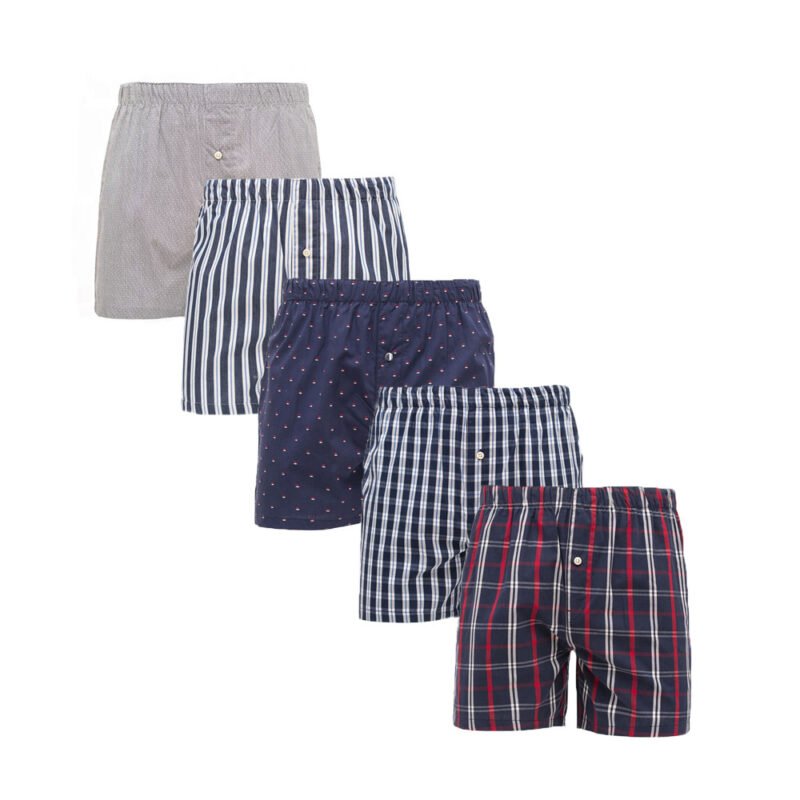 Genuine arrow pants men’s cotton underwear baggy large size boxers home sports pajama pants beach pants boxer shorts
Genuine arrow pants men’s cotton underwear baggy large size boxers home sports pajama pants beach pants boxer shorts -
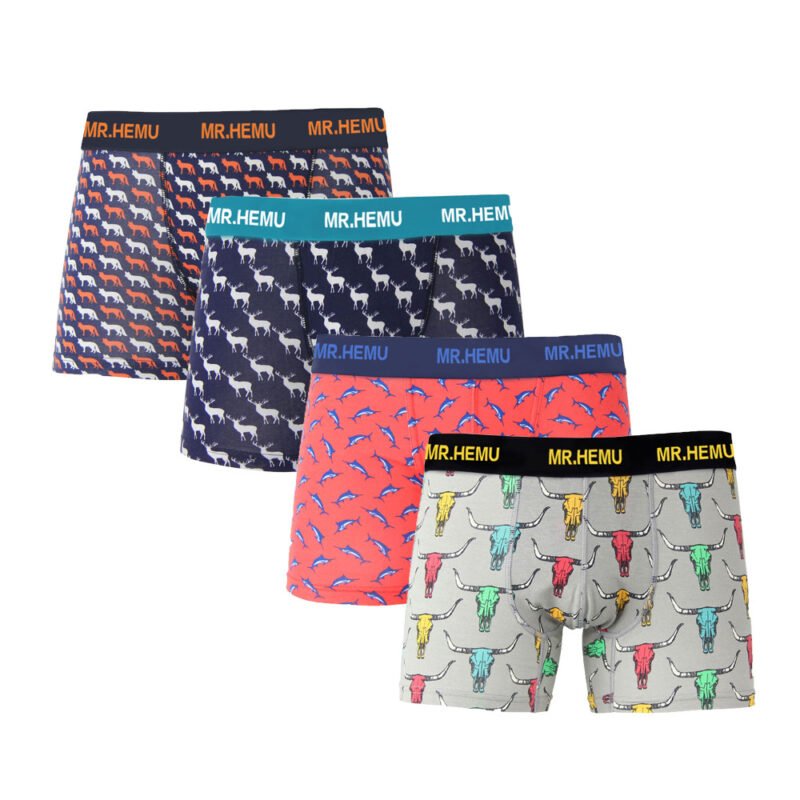 Men’s underwear boxer shorts trend breathable pants cotton sexy boxers sports running
Men’s underwear boxer shorts trend breathable pants cotton sexy boxers sports running -
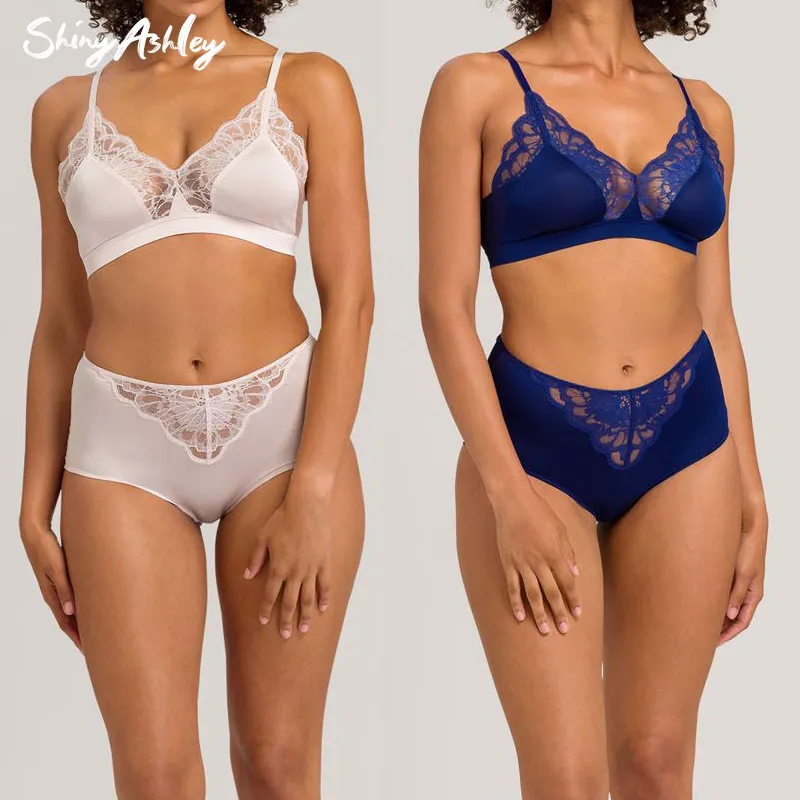 Custom women sexy seamless ice silk breathable underwear
Custom women sexy seamless ice silk breathable underwear -
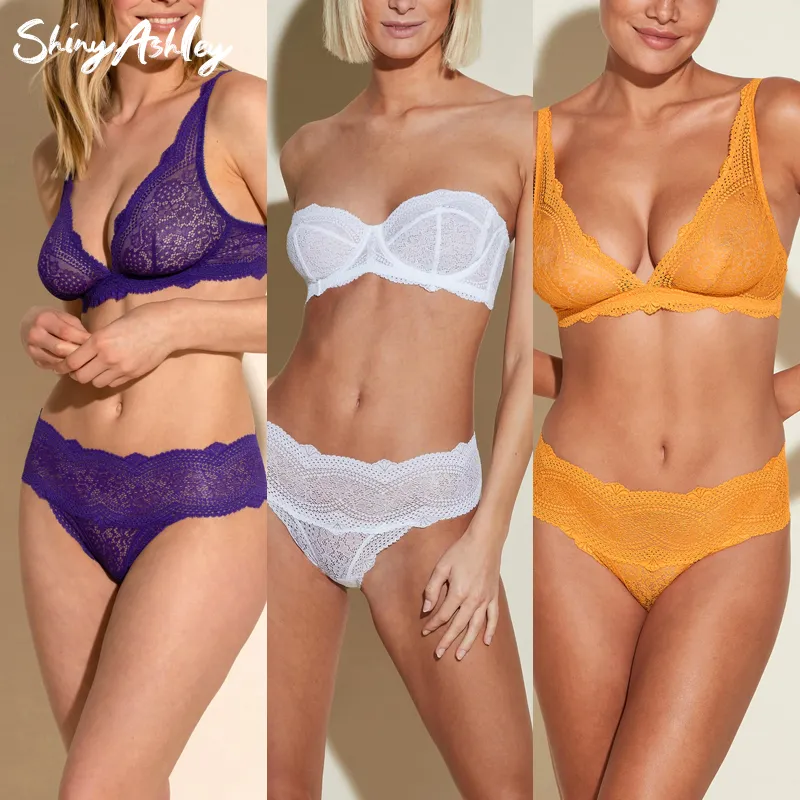 Lace fabric women’s sexy high elastic breathable underwear with cotton sole
Lace fabric women’s sexy high elastic breathable underwear with cotton sole -
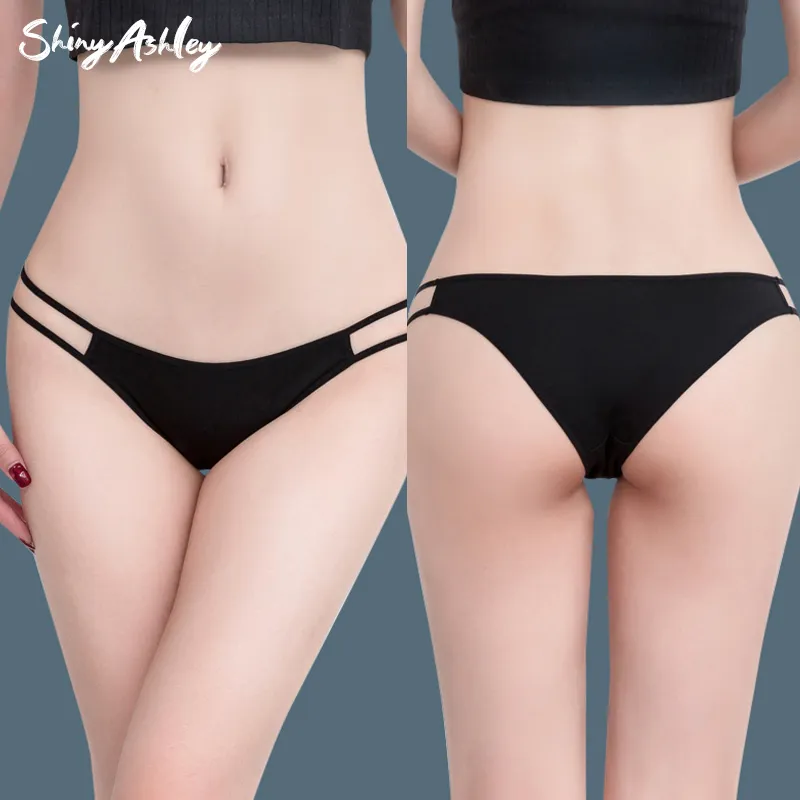 Cotton thin belt solid color sexy women’s triangle thong underwear
Cotton thin belt solid color sexy women’s triangle thong underwear -
 Custom sexy cotton women youth fashion women’s underwear
Custom sexy cotton women youth fashion women’s underwear
Sourcing and underwear selection form the bedrock of a successful intimate apparel business. It’s where your brand’s vision translates into tangible products, directly impacting customer satisfaction, brand reputation, and ultimately, profitability. This process demands meticulous research, strategic partnerships, and a keen understanding of both global supply chains and consumer preferences.
Effective sourcing involves identifying reliable manufacturers or wholesalers who can consistently provide high-quality products that meet your specifications. This goes beyond just competitive pricing; it encompasses factors like ethical production practices, consistent sizing, timely delivery, and the ability to scale production as your business grows. Building strong, trust-based relationships with your suppliers is paramount for long-term success and navigating potential supply chain challenges.
Identifying Reliable Suppliers
The first step in effective sourcing is identifying manufacturers or wholesalers who align with your business needs and values. This often involves extensive research, attending trade shows, and networking within the industry. Look for suppliers with a proven track record of quality, reliability, and good communication. It’s crucial to request samples to personally assess the fabric quality, stitching, durability, and overall feel of the underwear before committing to larger orders.
When evaluating potential suppliers, delve into their production capabilities, minimum order quantities (MOQs), lead times, and pricing structures. If ethical production is a cornerstone of your brand, inquire about their labor practices, certifications (e.g., Fair Trade, GOTS for organic cotton), and environmental policies. A reputable supplier will be transparent and able to provide documentation to support their claims.
Quality Control and Assurance
Once you’ve selected a supplier, implementing robust quality control measures is vital. This involves setting clear quality standards for your underwear, encompassing aspects like fabric composition, colorfastness, elasticity, stitching integrity, and accurate sizing. Work closely with your supplier to ensure these standards are understood and met throughout the production process.
Consider conducting pre-production sample checks, in-process inspections, and final quality checks before shipment. Even with trusted suppliers, a systematic approach to quality assurance helps prevent costly issues down the line, such as defective products reaching your customers or inconsistent sizing that leads to high return rates. Maintaining consistently high product quality builds customer trust and reinforces your brand’s reputation.
Fabric and Material Selection
The choice of fabric and materials directly impacts comfort, durability, and the overall appeal of your underwear. For everyday wear, prioritize natural, breathable materials like cotton, modal, bamboo, or Tencel, known for their softness, moisture-wicking properties, and comfort against the skin. For specialized items like activewear, performance fabrics with moisture-wicking and quick-drying properties are essential.
If you’re targeting a luxury market, consider silk or high-quality lace. For sustainability-focused brands, exploring recycled fabrics or organic certifications becomes critical. Always consider how the chosen material will feel against the skin, how it washes, and how well it retains its shape over time. Understanding the properties of different fabrics will enable you to make informed decisions that resonate with your target customer’s preferences.
Design and Style Curation
Underwear selection goes beyond just materials; it involves curating a range of designs and styles that appeal to your specific niche. This requires staying abreast of current fashion trends in intimate apparel, but also understanding the timeless appeal of classic cuts. Will you offer a wide variety of styles (e.g., thongs, briefs, boyshorts, high-waisted, bralettes, full-coverage bras) or specialize in a few signature designs?
Consider the practical needs of your customers – do they need seamless options for under clothing, supportive styles for active wear, or comfortable everyday basics? Ensure your selection includes a diverse range of colors, from essential neutrals to seasonal fashion shades. The overall aesthetic of your collection should be cohesive and reflect your brand’s identity, whether it’s minimalist, playful, sensual, or practical.
Sizing Inclusivity
In today’s market, sizing inclusivity is not just a trend but an expectation. When selecting underwear for sale, it’s crucial to offer a comprehensive range of sizes that caters to diverse body shapes and types. This includes not only standard sizes but also plus sizes, petite sizes, and potentially specialty sizing for bras (e.g., extensive band and cup combinations).
Work with your suppliers to ensure their sizing charts are accurate and consistent. Provide clear measurement guides to your customers to help them select the correct size, thereby reducing returns due to poor fit. Demonstrating a commitment to inclusivity through your sizing offerings broadens your customer base and fosters a more positive and welcoming brand image.
Cost-Effectiveness and Profit Margins
While quality and design are paramount, the cost-effectiveness of your sourcing and selection directly impacts your profit margins. Negotiate favorable pricing with suppliers, especially as your order volumes increase. Factor in all associated costs, including manufacturing, shipping, customs duties, and any quality control fees, when determining your landed cost per unit.
Balance the desire for premium materials and intricate designs with the need to maintain competitive pricing in the market. Understanding your target customer’s price sensitivity will guide your selection process. Ultimately, choosing underwear that offers a good balance of quality, appeal, and a healthy profit margin ensures the long-term viability and growth of your business.
How to Sell Underwear?

Selling underwear online requires a sophisticated understanding of e-commerce best practices, coupled with an appreciation for the unique sensitivities surrounding intimate apparel. Success hinges on creating a comfortable, trustworthy, and visually appealing shopping experience that addresses both practical needs and emotional considerations. Every element contributes to building a loyal customer base in this competitive market, from presentation to post-purchase support.
A key challenge is overcoming the inability to physically try on garments. This necessitates robust visual and informational support, along with policies that instill confidence. By focusing on detailed product representation, clear communication, and customer-centric service, online underwear retailers can bridge the gap between virtual Browse and satisfying real-world purchases, transforming browsers into confident buyers.
High-Quality Product Photography
Exceptional product photography is non-negotiable when selling underwear online. Since customers cannot touch or try on the items, images must convey texture, color accuracy, fit, and design details with absolute clarity. This means utilizing professional lighting, high-resolution cameras, and often, professional models who can showcase how the underwear looks on diverse body types. Include multiple angles, close-ups of lace or stitching, and lifestyle shots that evoke the desired feeling (e.g., comfort, sensuality, sportiness).
Beyond static images, consider incorporating short video clips that show the fabric’s movement or how the garment stretches. This dynamic content provides a more comprehensive understanding of the product than still photos alone. Ensuring consistency in your photographic style across all products also contributes to a cohesive and professional brand image, building trust and familiarity with your online store.
Detailed Product Descriptions
Comprehensive and evocative product descriptions are crucial for informing customers and influencing purchasing decisions. Go beyond basic material lists; describe the feel of the fabric, the benefits of specific features (e.g., seamless edges for no show, breathable cotton for comfort, supportive underwire), and the intended use or occasion for each piece. Use sensory language that helps customers imagine wearing the underwear.
Crucially, include clear and precise sizing information. This should go beyond just S/M/L, ideally incorporating actual measurements (e.g., bust, waist, hip in inches and centimeters) and a guide on how to measure oneself accurately. Highlight any unique fit characteristics, like whether a style runs small or large. Addressing potential fit concerns upfront through detailed descriptions significantly reduces returns and enhances customer satisfaction.
User-Friendly E-commerce Platform
The foundation of your online store is a robust and intuitive e-commerce platform. Choose a platform (like Shopify, WooCommerce, or BigCommerce) that offers a clean interface, easy navigation, and powerful search capabilities. Customers should be able to quickly find what they’re looking for, filter by size, color, or style, and effortlessly add items to their cart.
Beyond aesthetics, ensure the platform provides secure payment gateways (PCI compliant) to protect sensitive customer data, which is paramount for building trust in the intimate apparel sector. Mobile responsiveness is also non-negotiable, as a significant portion of online shopping now occurs on smartphones and tablets. A seamless mobile experience directly translates to higher conversion rates and customer satisfaction.
Effective Sizing Guides
Given the personal nature of underwear and the varied sizing across brands, an exceptionally clear and detailed sizing guide is paramount. This guide should include not only a size chart with conversions (e.g., US to EU sizes) but also precise instructions on how customers can accurately measure themselves for bust, underbust, waist, and hip. Consider using illustrations or short videos to demonstrate the measuring process.
Going a step further, some brands offer a “fit finder” quiz or tool that recommends sizes based on customer-provided measurements or preferences. Providing customer service support for sizing questions, perhaps via live chat, can also dramatically reduce uncertainty and subsequent returns, enhancing the overall shopping experience and reducing operational costs.
Customer Reviews and Testimonials
In the absence of physical try-on, customer reviews and testimonials serve as powerful social proof, building trust and credibility for your brand. Actively encourage customers to leave reviews after their purchase, and make it easy for them to do so on your product pages. Displaying star ratings and written feedback prominently allows potential buyers to see real-world experiences from others.
Highlighting positive reviews can address common concerns, reinforce product benefits, and showcase the diversity of your customer base. Respond to reviews, both positive and negative, to demonstrate your commitment to customer satisfaction and transparency. This engagement can turn potential detractors into loyal advocates.
Targeted Digital Marketing
Effective digital marketing is crucial for reaching your specific audience in the vast online landscape. Leverage social media platforms (like Instagram, TikTok, Facebook, Pinterest) with visually appealing content that aligns with your brand’s aesthetic and values. Use targeted ads based on demographics, interests, and Browse behavior to reach potential customers already interested in intimates.
Beyond social media, invest in Search Engine Optimization (SEO) to ensure your products rank high in search results for relevant keywords (e.g., “comfortable cotton briefs,” “plus-size lace bralette”). Email marketing is also highly effective for nurturing leads, announcing new arrivals, promotions, and building a community around your brand through personalized communication.
Private and Secure Shopping Experience
The sale of intimate apparel inherently requires a heightened focus on privacy and security. Clearly communicate your website’s security measures, including SSL certificates and secure payment processing. Emphasize discreet packaging for shipping, reassuring customers that their purchases will arrive without revealing contents to others.
Reinforce your commitment to customer data privacy through a comprehensive and easily accessible privacy policy. Ensuring customers feel secure and respected throughout the entire shopping journey, from Browse to delivery, builds significant trust and encourages repeat business in this sensitive product category.
Hassle-Free Returns/Exchanges
A clear, fair, and hassle-free return and exchange policy is critical for selling underwear online. Customers need to feel confident that if an item doesn’t fit or meet their expectations, they can easily return or exchange it without penalty. Given that underwear cannot be resold once worn, clearly state your policy regarding trying on garments for fit (e.g., try over existing underwear) and the condition required for returns.
While it may seem counterintuitive for intimate apparel, offering a reasonable return window and a straightforward process minimizes customer frustration and increases purchase confidence. This transparent approach often leads to more sales in the long run, as it removes a significant barrier to online purchase for many consumers.
Engaging Content Marketing
Beyond product listings, engaging content marketing can significantly elevate your underwear brand. Develop a blog that features articles on topics related to body positivity, fabric care for intimates, choosing the right style for different outfits, or the history of lingerie. This positions your brand as an expert and a resource, not just a retailer.
Consider creating video content for platforms like YouTube or TikTok that offers styling tips, behind-the-scenes glimpses of your brand, or interviews with designers. This type of content builds community, enhances brand personality, and subtly drives traffic back to your product pages, fostering deeper connections with your audience.
Subscription Options
Introducing subscription models can be a highly effective strategy for recurring revenue and building customer loyalty in the underwear market. Instead of one-off purchases, consider offering curated monthly or quarterly boxes of underwear, perhaps tailored to specific preferences like comfort, style, or material. This convenience appeals to busy customers who appreciate a consistent supply of fresh intimates without the need for frequent reordering.
Subscription services also provide valuable data on customer preferences, allowing for more personalized product development and marketing. Promote the benefits of a subscription, such as exclusive styles, discounts, or early access to new collections, to incentivize sign-ups and foster a sense of belonging to your brand community.
Collaborations with Influencers
Partnering with relevant social media influencers can significantly amplify your brand’s reach and credibility within the intimate apparel space. Identify influencers whose audience aligns with your target demographic and whose personal brand resonates with your values (e.g., body positivity advocates, fashion bloggers, lifestyle creators). Authentic endorsements from trusted voices carry considerable weight with potential customers.
Collaborations can take many forms, from sponsored posts and stories to product reviews or participation in brand campaigns. Ensure that the influencer truly understands and appreciates your products, as genuine enthusiasm translates more effectively to their followers. Track the engagement and sales generated from these collaborations to refine your influencer marketing strategy.
Excellent Customer Service
Providing outstanding customer service is paramount for any online business, but especially for intimate apparel where fit and personal comfort are so crucial. Be readily available to answer questions about sizing, materials, shipping, and returns through various channels like live chat, email, and phone. Prompt and helpful responses demonstrate your commitment to customer satisfaction.
Go the extra mile by offering personalized recommendations or assisting with styling advice. Proactively address any issues or complaints with empathy and efficiency, turning potentially negative experiences into opportunities to showcase your brand’s reliability and care. Exceptional service builds trust, encourages repeat purchases, and generates positive word-of-mouth referrals.
Understanding Your Niche Market
Beyond simply identifying a target audience, a deep understanding of your niche market allows for highly specialized product offerings and incredibly targeted marketing. Are you focusing on sustainable and eco-friendly underwear? Post-maternity comfort? Performance wear for athletes? Or perhaps adaptive underwear for individuals with specific physical needs? Each niche has distinct demands, preferences, and communication channels.
This granular understanding informs everything from the types of fabrics you source to the language used in your marketing copy and the platforms where you advertise. By becoming the go-to brand for a very specific need or desire within the vast underwear market, you can build a strong, loyal, and highly engaged customer base that truly feels understood and catered to.
How to Choose Suitable Underwear for Selling
Choosing suitable underwear for selling involves a strategic blend of market understanding, quality assessment, and a keen eye for design and comfort. It’s not just about what looks good, but what fulfills a need for your target customer, ensuring satisfaction and repeat business. This selection process should align with your brand’s core values and the niche you aim to serve.
Ultimately, the best underwear for selling strikes a balance between aesthetic appeal, practical comfort, and a competitive price point, all while meeting the demands of your identified market segment.
Here are key aspects to consider when choosing underwear for selling:
Target Audience Demographics & Preferences:
- Age Group: Different age groups prioritize different features (e.g., younger demographics might prefer trendy styles, older ones comfort and support).
- Lifestyle: Active individuals might need moisture-wicking and supportive sports bras/briefs, while those seeking everyday comfort might prefer soft, breathable cotton.
- Body Type Inclusivity: Offering a wide range of sizes (including plus-size) and styles that flatter various body shapes is crucial for broad appeal.
- Price Sensitivity: Are your customers looking for budget-friendly options, mid-range quality, or luxury items?
Fabric & Material Quality:
- Comfort: Prioritize soft, breathable fabrics like cotton, modal, bamboo, or high-quality blends.
- Durability: Choose materials and construction that withstand repeated washing and wear.
- Functionality: Consider properties like moisture-wicking, stretch, and support depending on the underwear type.
- Hypoallergenic Properties: For sensitive skin, materials like organic cotton or bamboo might be preferred.
Design & Style Trends:
- Current Fashion Trends: Stay updated on popular colors, patterns, cuts (e.g., high-waisted, thongs, boyshorts, bralettes).
- Classic vs. Trendy: Offer a mix of timeless basics and fashionable, seasonal pieces.
- Variety of Cuts: Provide options for different preferences and outerwear needs (e.g., seamless for no-show under clothing).
- Color Palette: A balanced selection of neutrals, basics, and appealing fashion colors.
Fit & Sizing Accuracy:
- Consistent Sizing: Ensure that sizing is consistent across your product range and aligns with standard measurements to minimize returns.
- Comfortable Fit: Underwear should not dig, pinch, or ride up.
- Support (for bras): If selling bras, ensure adequate support for different cup sizes and activities.
Manufacturing & Ethics:
- Quality Control: Partner with manufacturers known for consistent quality and attention to detail.
- Ethical Sourcing: Consider if your target audience values ethically produced or sustainable materials and manufacturing processes.
- Supplier Reliability: Choose suppliers like Friendtex, who can ensure consistent stock and quality.
Pricing Strategy:
- Cost of Goods: Factor in the wholesale underwear cost, shipping, and any import duties.
- Competitive Analysis: Research what competitors are charging for similar quality and styles.
- Perceived Value: Price your underwear to reflect its quality and the value it provides to the customer.
Conclusion
Building a resonant underwear brand is about more than just selling products; it’s about fostering connection and trust. By understanding your target audience and consistently delivering on your brand’s promise, you create a loyal customer base. Focusing on quality and clear messaging will differentiate your offerings.
To consistently deliver on quality, consider reliable suppliers. For example, sourcing wholesale underwear from a reputable company like Friendtex could provide the foundation for a well-stocked and trusted brand. Their experience and product range can help you meet diverse customer needs.
Ultimately, a strong brand narrative, combined with quality products from partners like Friendtex, will empower you to effectively sell underwear. It’s about building a reputation that makes customers feel confident and comfortable with their choices.

